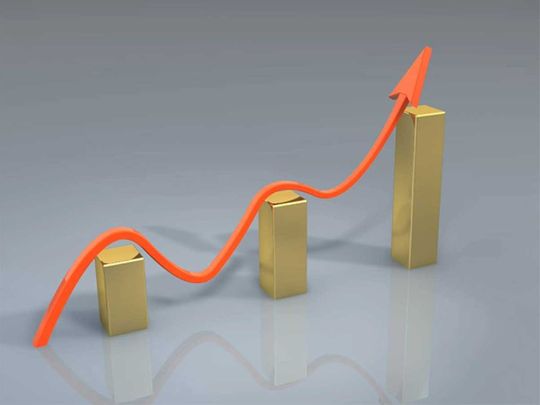
Reams of new data get generated daily by global institutions and which illustrate the rapid changes going in the economy. Often, the analyses accompanying such data take into consideration the structural changes the economies are going through - at other times, they conveniently ignore for the purpose of trivialising what’s happening.
Recently, the International Bank for Reconstruction and Development (IBRD) released new stats on the 10 largest economies, which together account for 67 per cent of the global economy, leaving the remaining to be shared by more than 190 countries.
See more
- More residential options added at Dubai south residential district
- Photos: New products, services rolled out by Apple
- Assembling a solar powered future in China
- RAK: You can now visit UAE’s highest restaurant, at 1,484 metres above sea level
- Mexico holds symbolic raffle for unwanted presidential jet
- Chinese firms bet on plant-based meat as COVID-19 fuels healthy eating trend
- With airline fleets grounded, plane recyclers bet on parts boom
Reviewing the data, one can clearly notice the rise of economies that were former colonies of the ‘Great Powers’, such as India, and its superiority over the former colonizer, Britain. And there’s no ignoring the meteoric rise of the China economy and the superiority over historical rival Japan, which once occupied vast territories of the Mainland.
An age-old comparison
The question that needs an unbiased answer is whether these quantitative data reflect the reality of economic progress and the living standards of their population. This is simply because there are just as important qualitative issues that top economic policies. This means the relationship between quantitative data and those related to quality of life. In brief, it is the relationship between quantity and quality.
To explain this relationship in some detail, China’s economy is rapidly approaching the level of the US in terms of gross output. It is now at $14.3 trillion compared to the US’ $21.4 trillion, according to the World Bank.
However, this does not mean a lot in terms of quantity. To reach closer levels qualitatively, China’s economy should be at $100 trillion, because of the vast difference in the respective populations.
In another projection, China’s economy is supposed to be at $65 trillion to be on par with Japan’se in terms of quality. In both cases, China needs decades to reach those levels.
Numbers don’t tell the whole story
The British and Indian economies are at $2.8 trillion each. However, there is a huge difference in living standards. So, the size of the Indian economy needs to rise by 20 times to be today’s British standards - that’s not possible for the foreseeable future.
Adding the scientific and industrial gaps between developed and emerging countries, the qualitative gap will even be wider, and will remain for decades until the rapid progress by the emerging countries help them catch up.
Even if the Chinese economy exceeds its US counterpart by 2030, as is expected, the qualitative difference will remain. The Indian economy is expected to exceed that of Britain over the next two years, but this will not remove the vast differences in terms of quality of life.
Therefore, data should not be seen without making comparisons. Ignoring them and creating hype through abstract statements is what the media does and which only adds to the prevailing smog of false impressions. This is an issue that does not reflect the reality of economic situations nor the structural changes shaping the new world and tilting the balance of power in international relations.
These differences apply to all economies, including the Arab countries. There is a significant qualitative difference between GCC economies and those of other regional countries such as Iraq, Libya, Iran and Algeria. The size of the combined Gulf economies, which falls within the realms of the world’s 20 largest economies, plus the quality of life places them at the forefront in the Middle East.
- Mohammed Al Asoomi is a specialist in energy and Gulf economic affairs.








